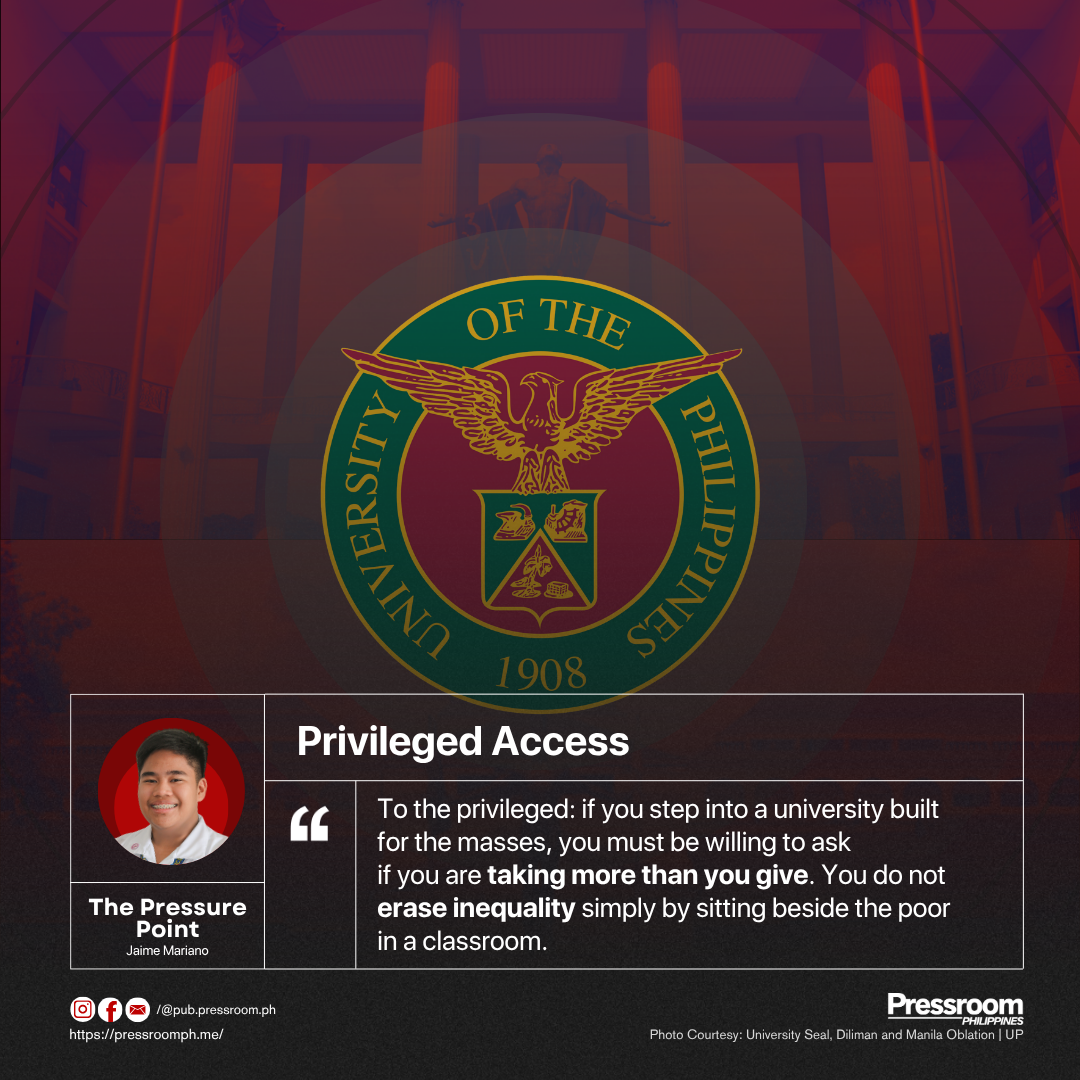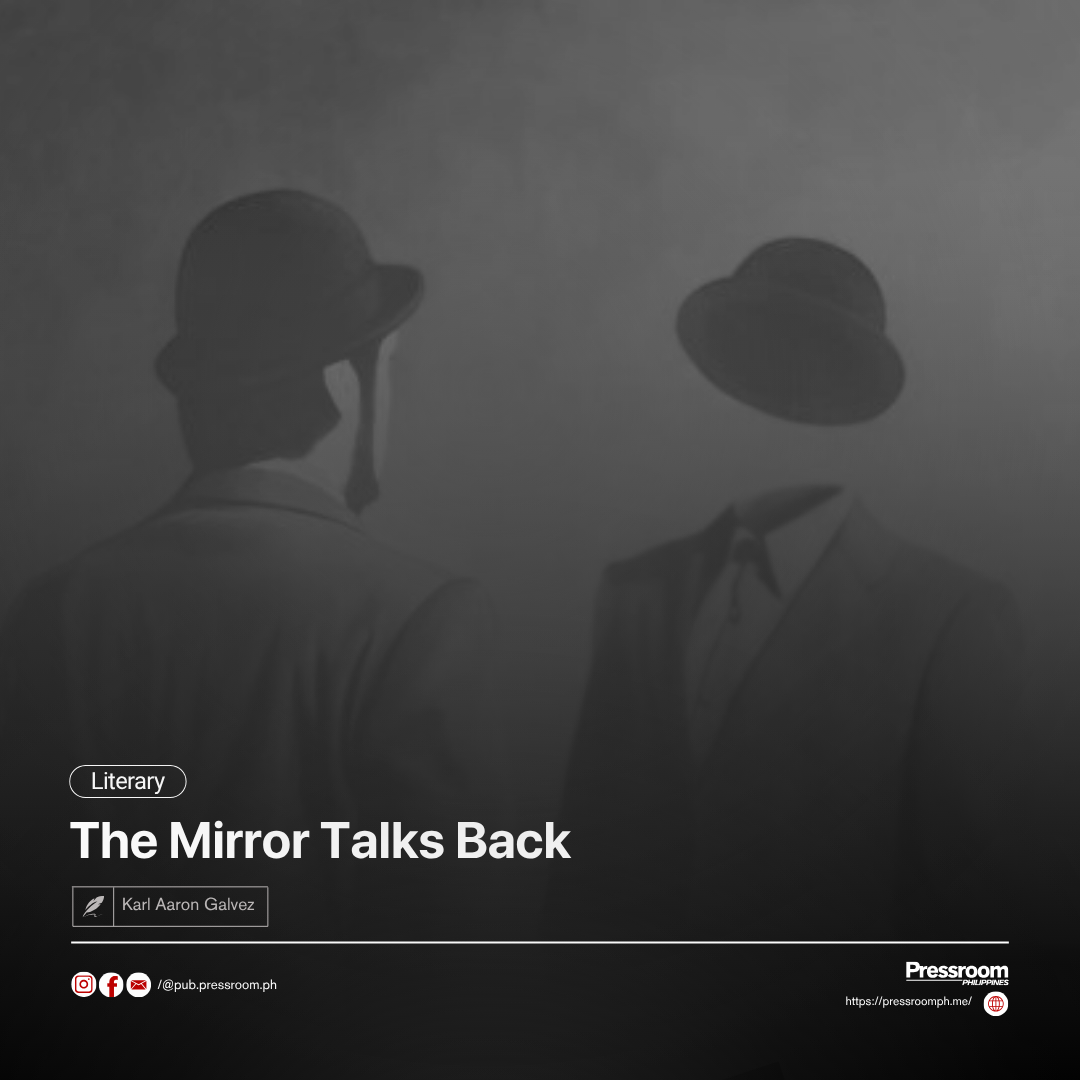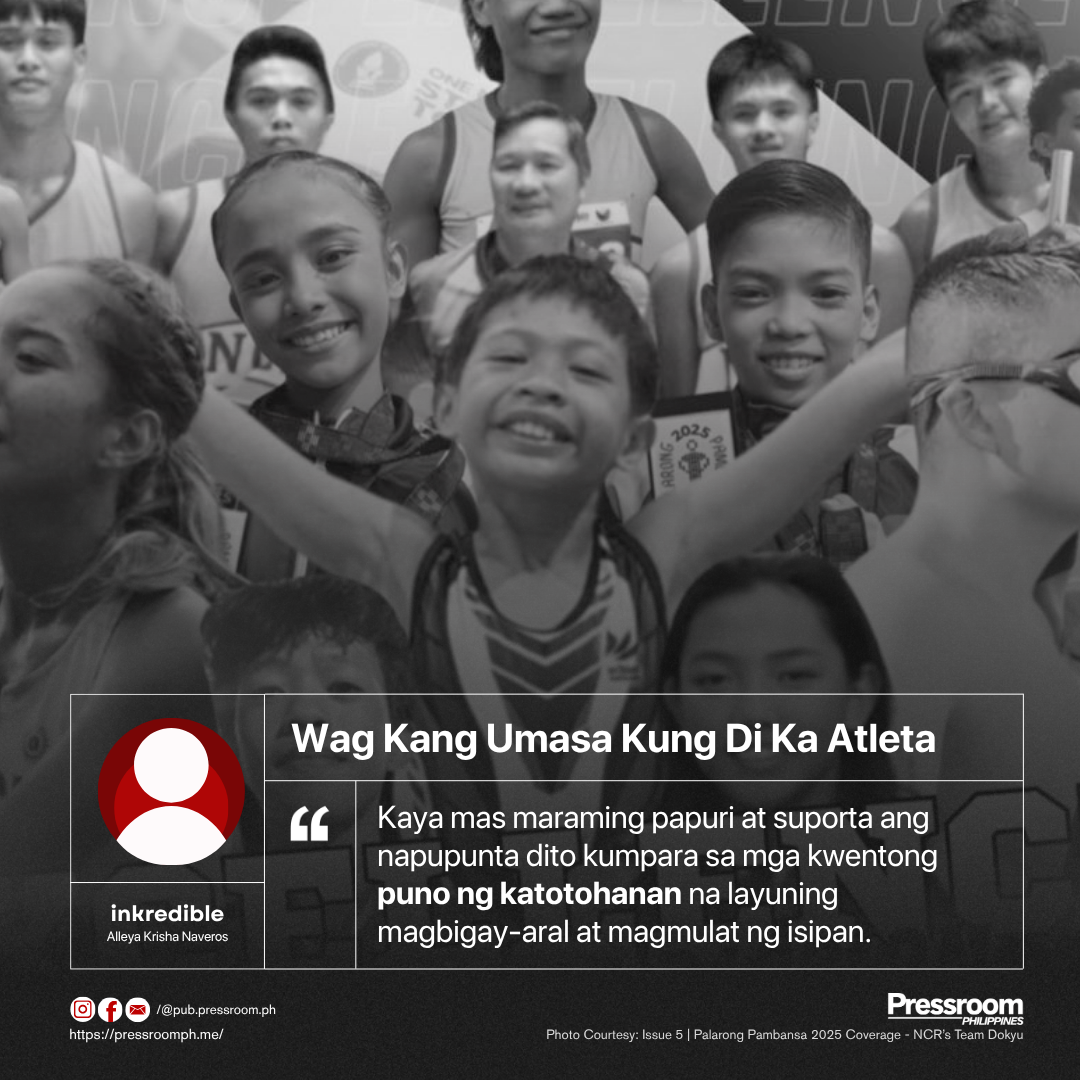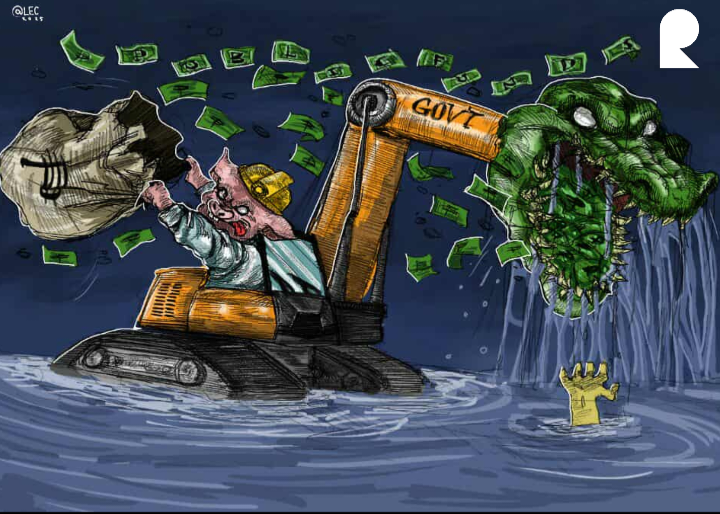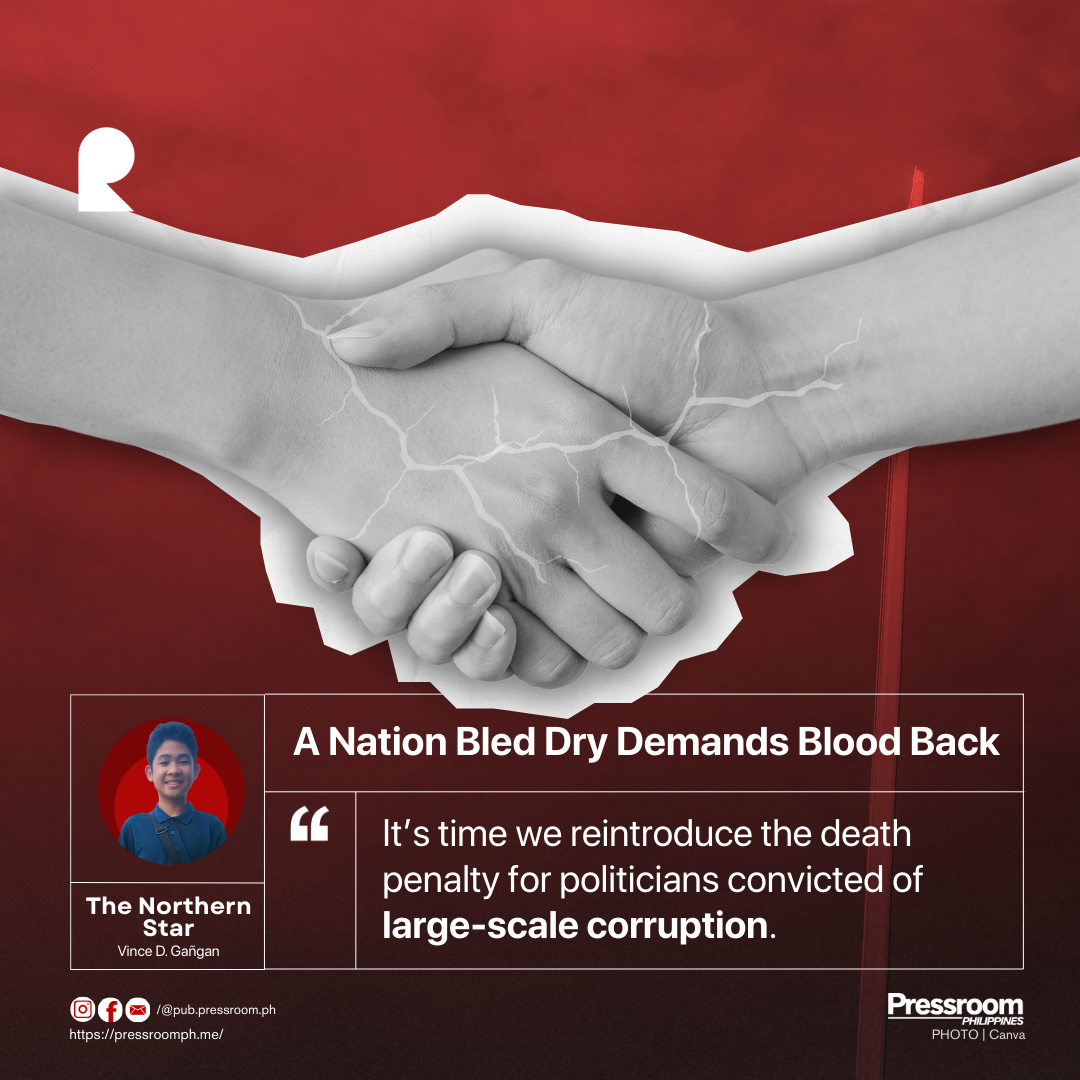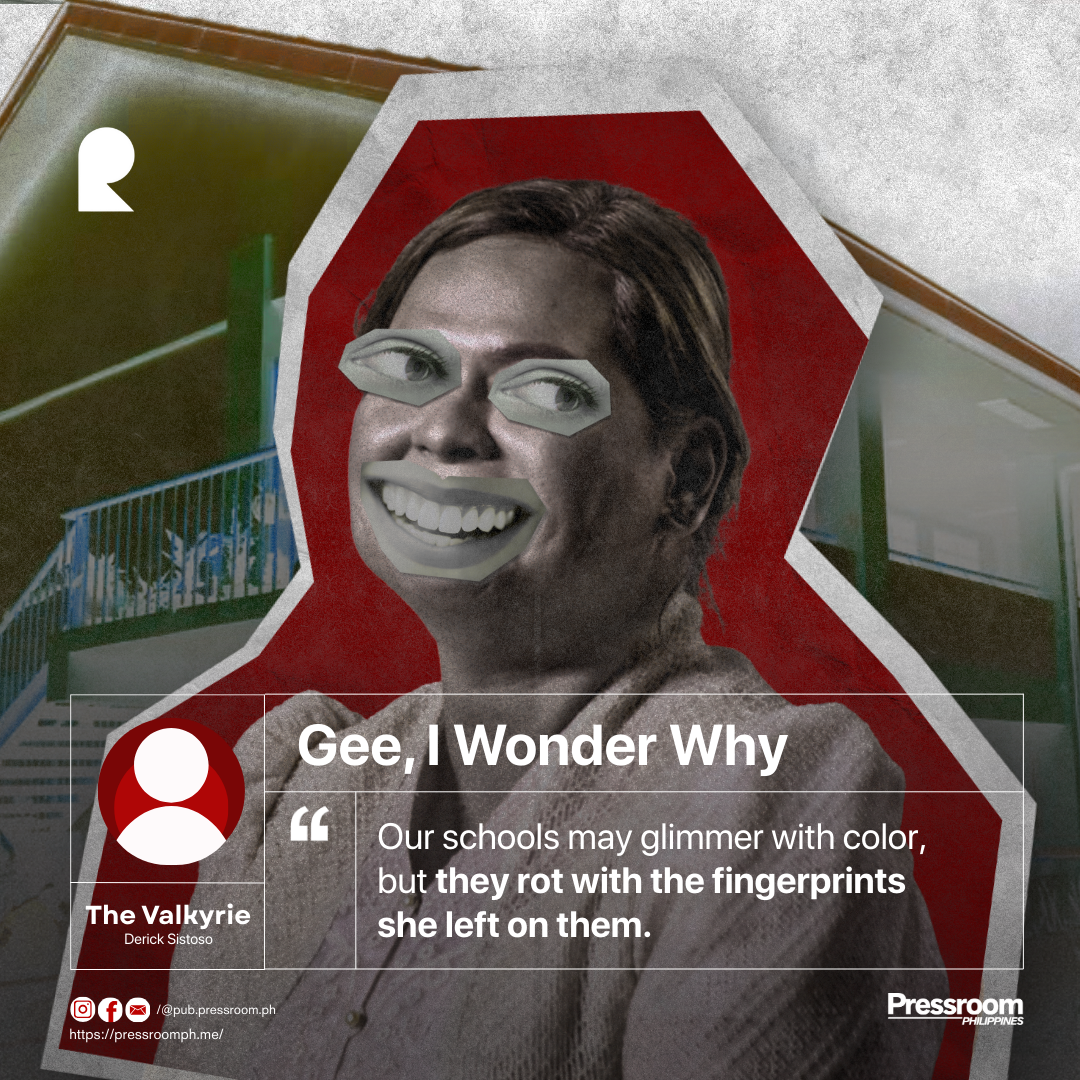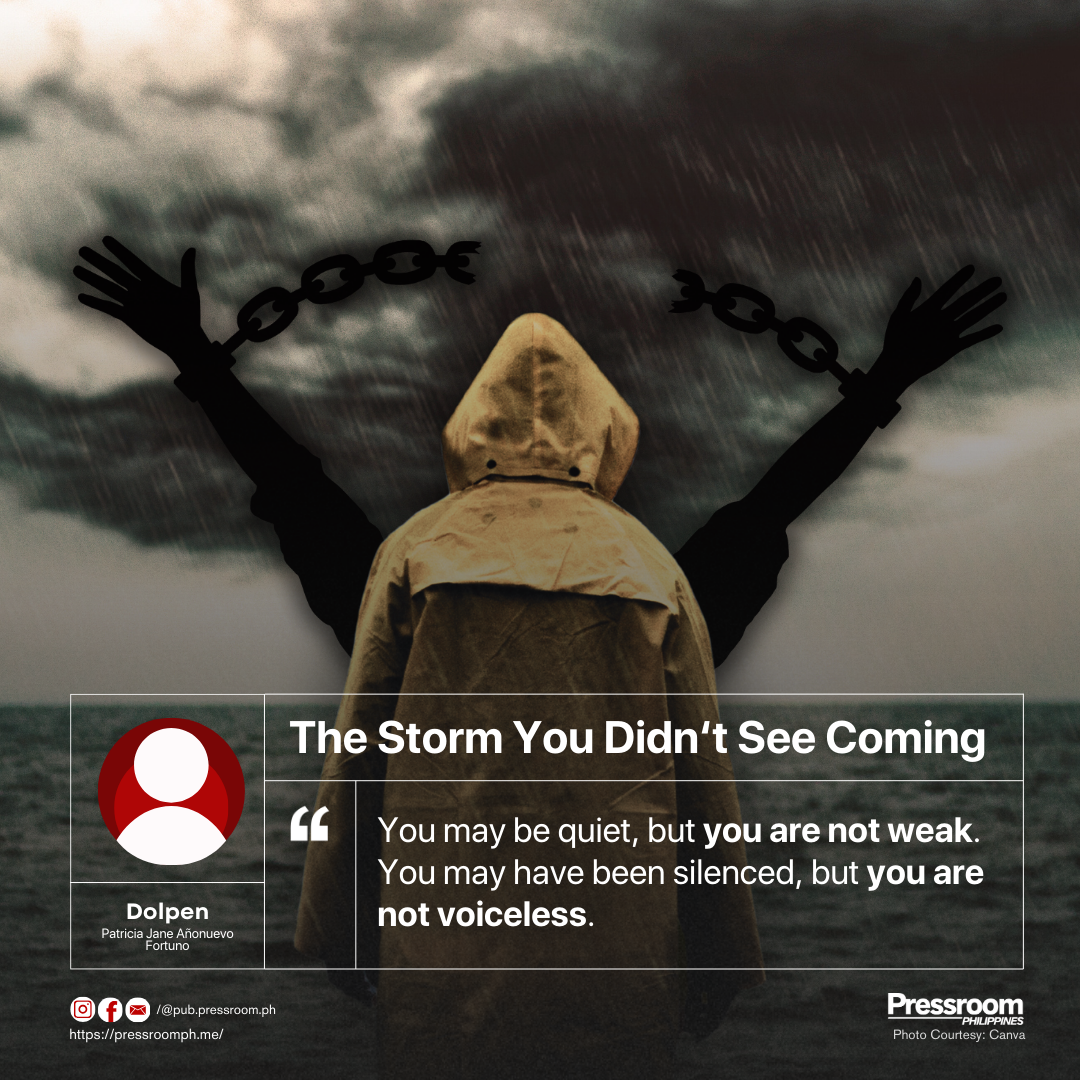In the Filipino imagination, the University of the Philippines stands as a symbol of hope; a “promised land” where brilliance and grit can break through the walls of poverty. It is heralded as the great equalizer, where the child of a market vendor can sit beside the nation’s brightest minds, bound not by wealth but by merit. But behind this romanticized ideal of UP lies a bitter and festering truth: UP is slowly morphing into a sanctuary not for the masses, but for the class it once defied.
Yes, UP is tuition-free. However, accessibility is not defined by cost alone. The process of entering this so-called public university is rigged long before a student ever sets foot in an exam room. Across the country, thousands of upper-middle-class and elite students are being shaped and molded by expensive review centers, private tutors, curated academic paths, and stable home environments. They enter the UPCAT armed with simulated tests, time-tested strategies, and every resource money can buy. Meanwhile, in public high schools, students struggle just to gather reviewers, often sharing outdated materials or relying on self-study in dimly lit homes. The battle for admission isn’t fought with intellect alone—it’s waged with privilege.
This is the quiet but brutal truth: review centers have become unofficial gatekeepers. They don’t just help students prepare; they determine who stands a chance. UPCAT, once the great democratic filter, now rewards financial preparation more than raw potential. And so we celebrate “merit,” blind to the system that has manufactured it. We cheer for the topnotchers and scholars, never asking: who had the means to prepare, and who was forced to rely on luck and prayers?
It would be easier to stomach if, once inside, the students who benefitted from privilege chose to step back and give space to the truly disadvantaged. But increasingly, UP is being treated like a trophy school by the rich—a cheap, high-prestige option for those who already had access to the best. These are students who could have gone to top-tier private universities, but instead, they flock to UP, flaunting designer tumblers, arriving in private vehicles, and flexing their riches. They call themselves "iskolars ng bayan" while comfortably sipping lattes in cafes that cost more than a day’s wage.
Ironically, for many of them, UP is only a dream school because it’s free. The moment UP threatens to charge tuition, even a fraction of what private universities ask, these same families would drop it from their lists. They don’t love UP for what it stands for; they love it for the savings. Their admiration isn’t rooted in principle or ideology but in convenience. Strip away the free tuition, and the “dream” quickly fades. This is not passion for public service. I t’s bargain-hunting disguised as academic ambition.
Worse, many of them apply for scholarships meant for the poor—not out of need, but because they can. They have polished resumes, strong internet connections, guidance counselors, and sometimes even consultants to help them package their applications. Meanwhile, the very students those scholarships were meant to help struggle with the basics—accessing online forms, gathering requirements, or even hearing about the opportunities in the first place. In a grotesque twist of irony, privilege equips the wealthy to out-compete the poor for the little aid that exists for them.
As the halls of UP fill with the children of the affluent, another transformation is underway—one far more dangerous. The university that once birthed protests, walkouts, and radical thinkers is growing quieter. Student activism, once the lifeblood of UP’s identity, is slowly being displaced by curated social media aesthetics and soft, digestible “advocacy.” The anger is fading. The urgency is gone. The fire, once fierce and unrelenting, is now dimmed under the soft glow of ring lights and Canva infographics. The children of privilege are not neutral guests—they are reshaping the university in their image: clean, comfortable, and void of the struggle that once defined it.
All the while, no one speaks of the displacement. No one counts the countless students who never even got a shot, not because they lacked potential, but because they were simply outprepared. The farmer’s daughter, the jeepney driver’s son, and the young mind that could have challenged systems and sparked movements—all replaced by someone who could afford the tools to get ahead. This isn’t just about who gets in; it’s about who is seen, who is heard, and who is remembered.
To the privileged: if you step into a university built for the masses, you must be willing to ask if you are taking more than you give. You do not erase inequality simply by sitting beside the poor in a classroom. You erase it by refusing to take what is not yours—by not competing for the crumbs left for those who have always had less. Privilege does not dissolve in a public school building. It follows you. And if you don’t confront it, it will consume everything in its path, including the very spirit of the university you now claim as your own.
The truth is, UP may not charge tuition, but it still exacts a price. And so long as we live in a system that rewards preparation that only the wealthy can afford, the university will never truly belong to the people. It will remain a mirage: an illusion of equal opportunity, packaged in progressive language, and quietly monopolized by the few. Until justice outweighs privilege, we must keep asking: how can a public institution serve the nation when the nation’s poor are kept outside its gates?
